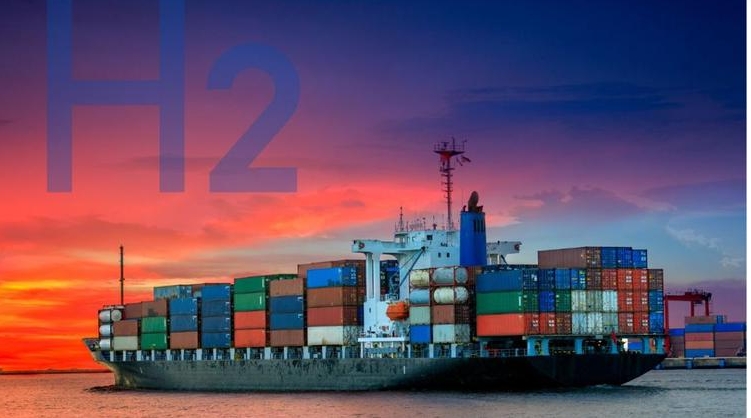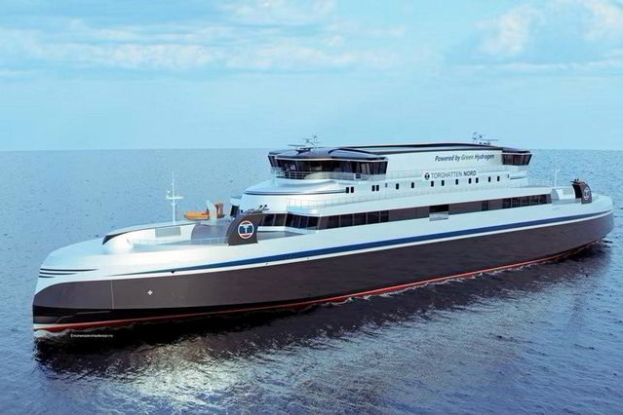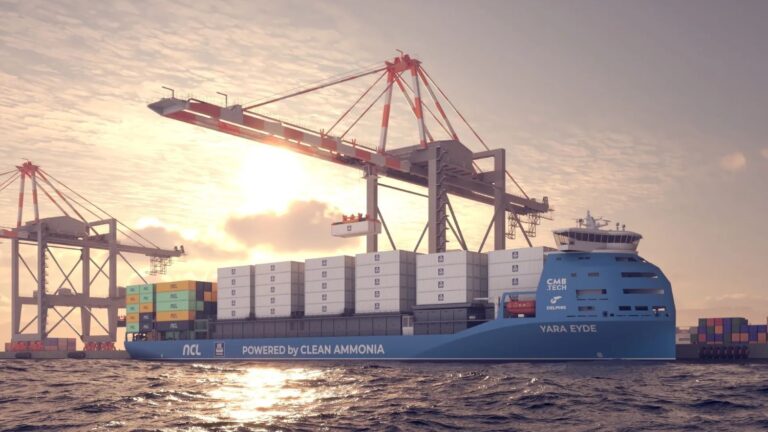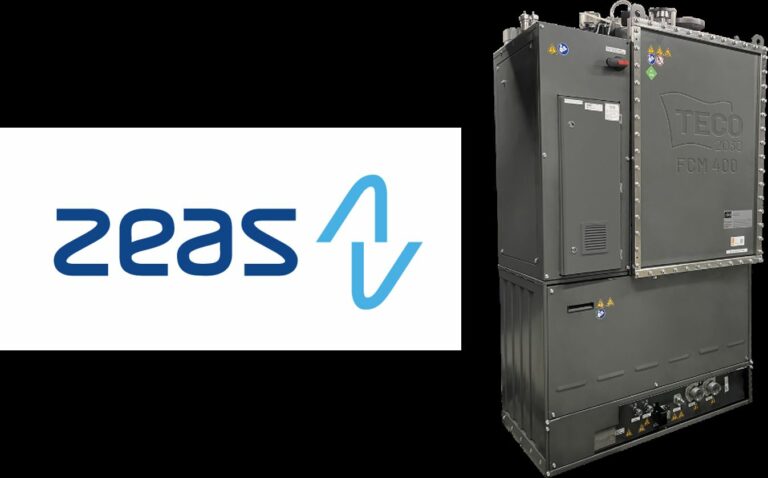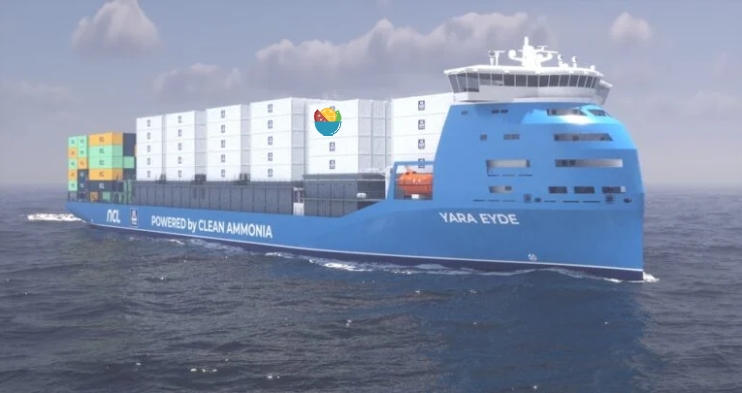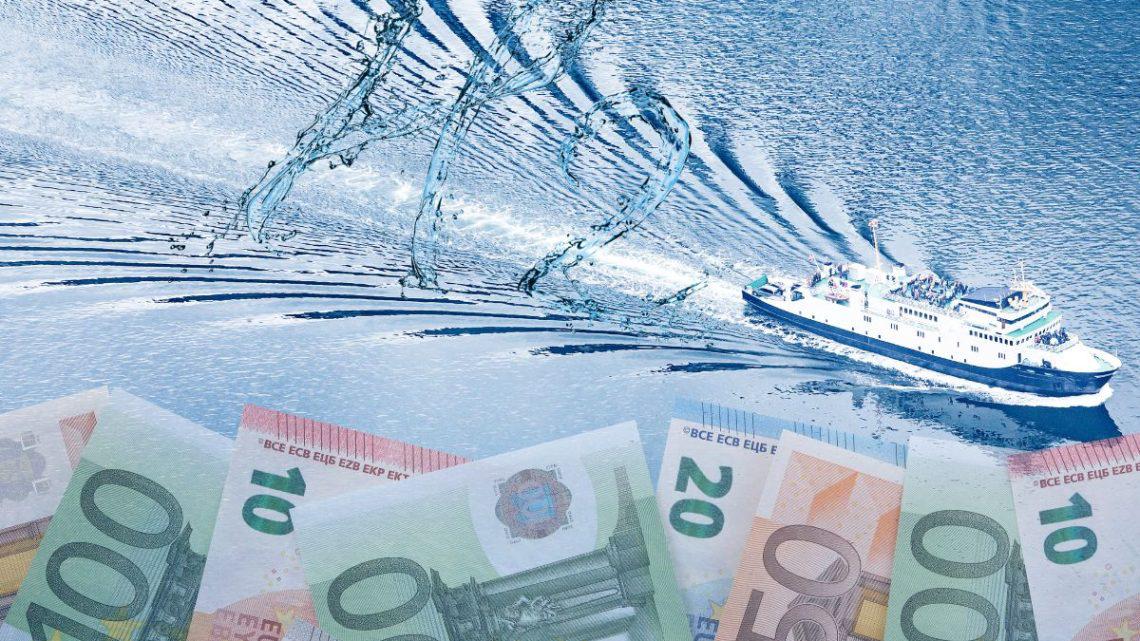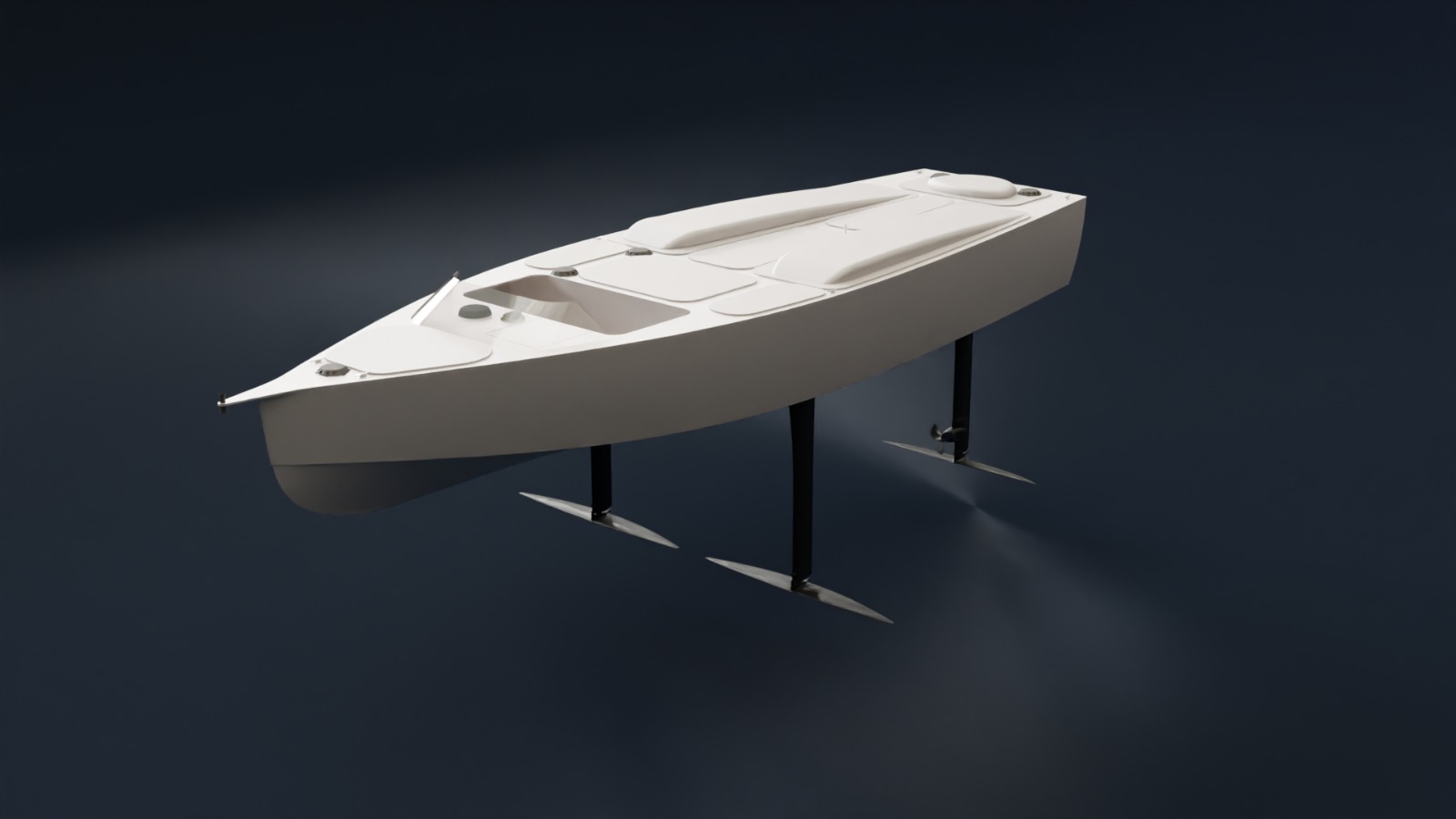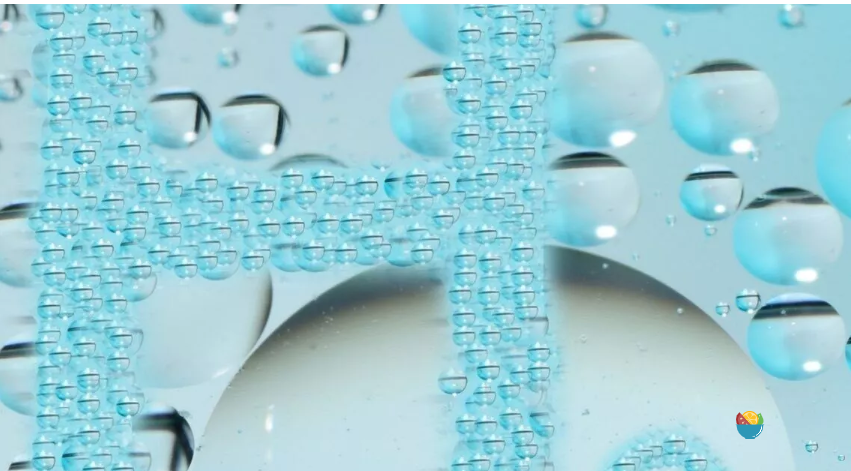
The city of Mantua, together with Sapio, Renhive, and Agire, has recently unveiled its ambitious project to create Hydrogen Valley in the Mantua area, with a goal to produce more than 1,500 tons of hydrogen annually using renewable sources. The project, worth over €60 million, aims to reduce CO2 emissions by over 14,000 tons per year.
The project has been financed by the National Recovery and Resilience Plan (PNRR) and the European Interregional Innovation Investment tender, which awarded €30 million and €9 million, respectively. The funding, which primarily focuses on decarbonising the area, is expected to unlock over €30 million of private capital, making the total project value higher than €60 million.
The project has 16 partners, including private companies, universities, and research centers, supported by the Lombardy, Trentino-Alto Adige, and Veneto regions, as well as Dutch, Austrian, and Belgian companies and institutions. The Province of Mantua is leading the project.
Mantua’s Hydrogen Valley project will include various initiatives, such as the construction of a dedicated photovoltaic park with an installed power of approximately 14MW by Renhive in an abandoned industrial area. The park will be directly connected to the hydrogen production plant. Sapio will install a 10 MW electrolyser in an abandoned industrial area for producing around 1,500 tons of renewable hydrogen per year. The project will also reuse existing structures and equipment and the high-pressure hydrogen distribution logistics system.
Moreover, an adjacent hydrogen refueling station, connected to the same production plant via a hydrogen pipeline with a delivery capacity of up to 1 ton per day, will supply light vehicles, local public transportation, and heavy-duty vehicles. The project will also study and design a tri-modal refueling station (road, rail, and water) at the Port of Valdaro, directly connected to the electrolyser through a hydrogen pipeline, which won the European Connecting Europe Facilities call for tender by the Province of Mantua.
In addition, the project aims to supply hydrogen to local and Hard-to-Abate industries, such as paper mills, ceramics, and the local district heating plant, via pipeline and tankers, within the definition of Hydrogen Valley. The project also aims to convert locomotives, ships, and tugboats from diesel to green hydrogen, co-financed by private companies participating in the project.
Furthermore, the project envisions the creation of a digital platform for managing energy data collected by all the components of the Hydrogen Valley. It will also develop a “Provincial Plan dedicated to green hydrogen” that will survey and develop hydrogen applications in the provincial territory. Lastly, the project aims to establish a “Stakeholders Forum” to bring together companies interested in developing green hydrogen projects.
While the project has potential for significant benefits, it is not without its challenges. The initial investment for the project is high, and the cost of hydrogen production is currently higher than conventional fuels. The production and distribution of hydrogen also require significant infrastructure investment, including pipelines and refueling stations. However, the project aims to address these issues by combining public and private investments, creating partnerships, and applying innovative solutions.
In conclusion, the Hydrogen Valley project in Mantua is a promising initiative towards a carbon-free future, reducing emissions, creating new job opportunities, and fostering innovation. The project aims to demonstrate the feasibility and benefits of using green hydrogen and provide an example for other regions to follow.
